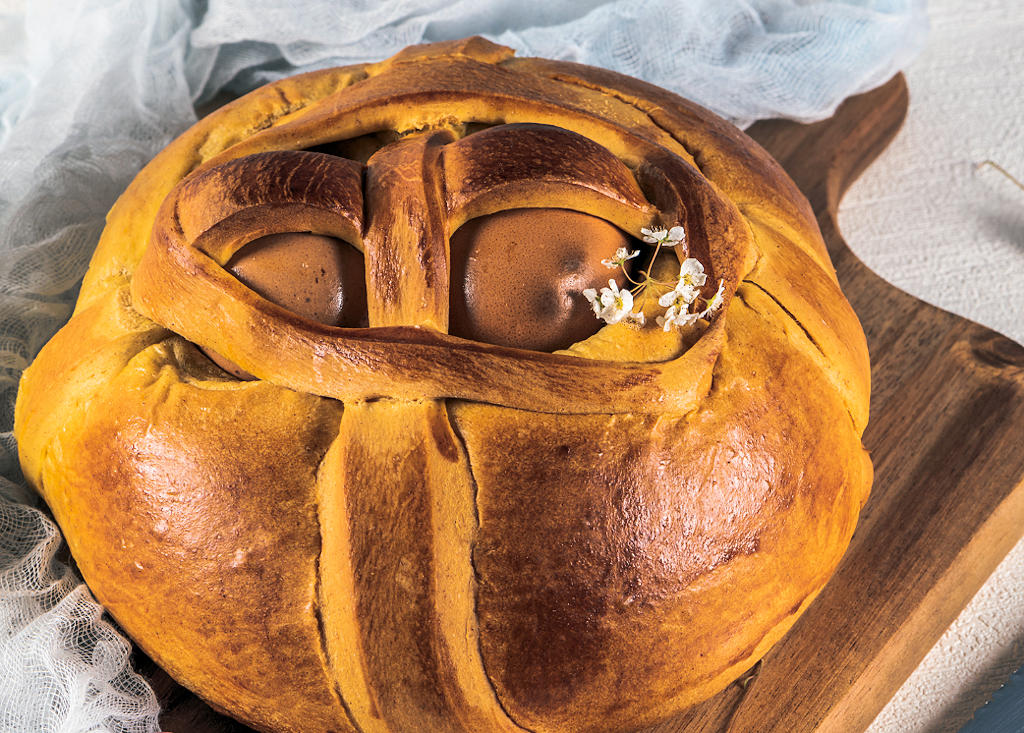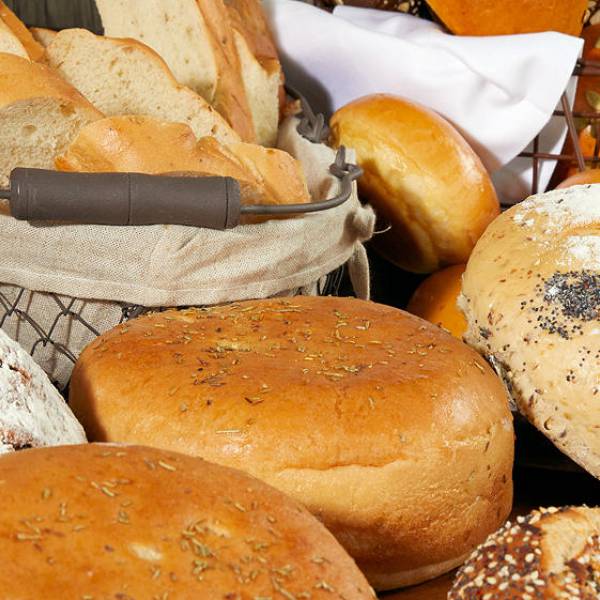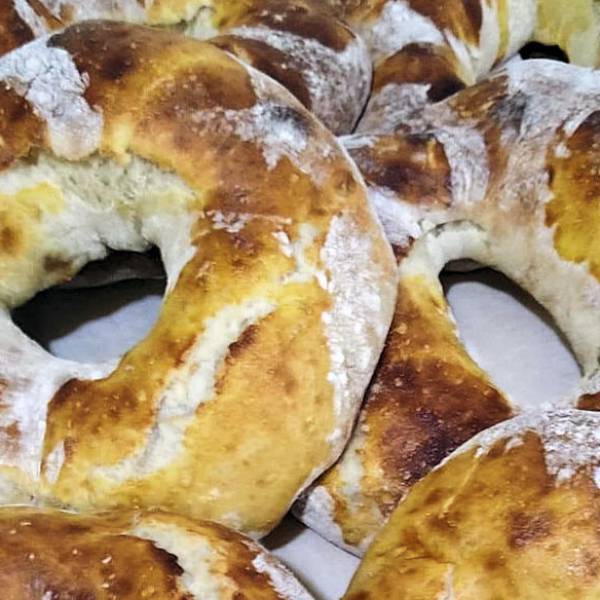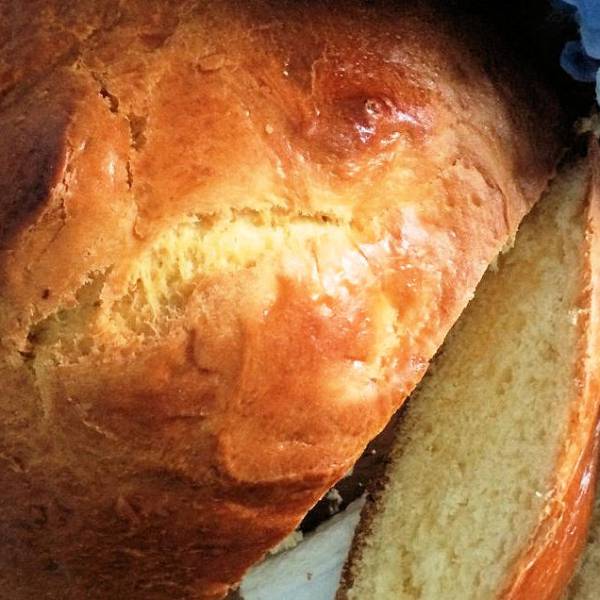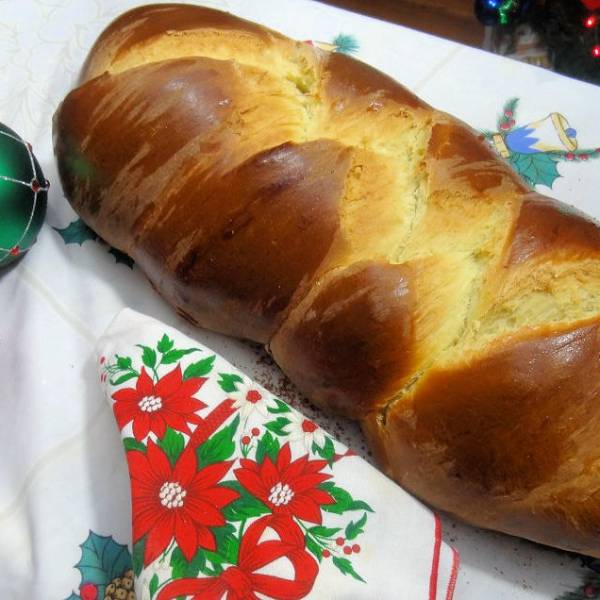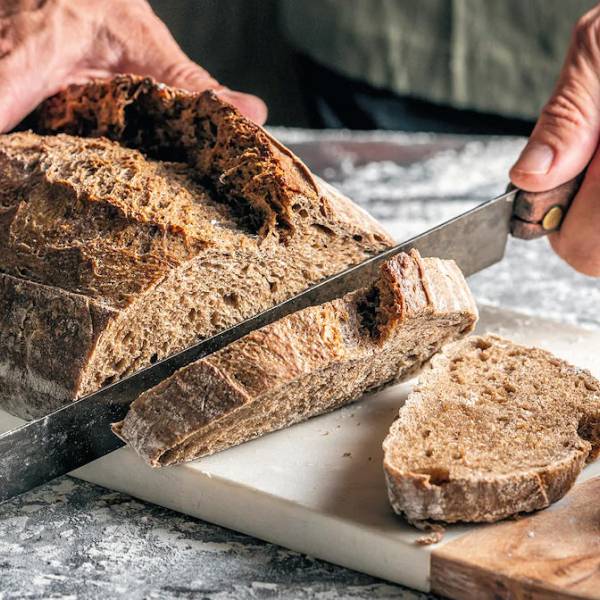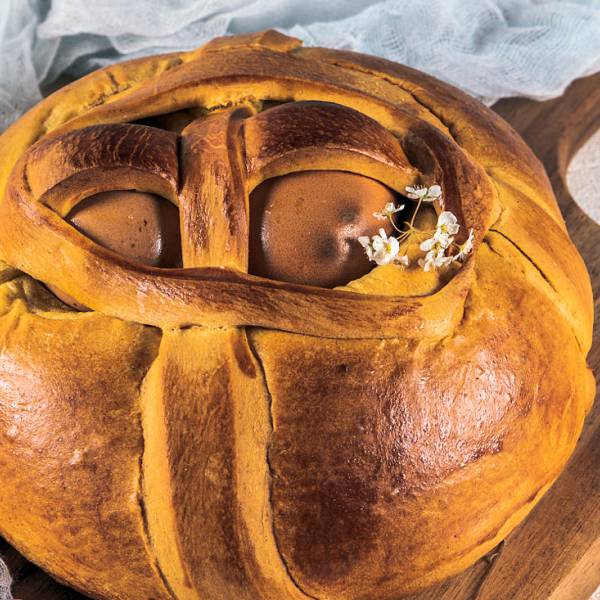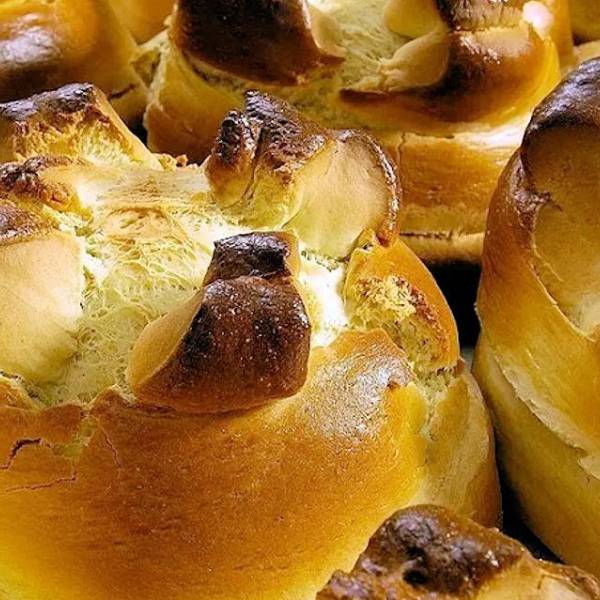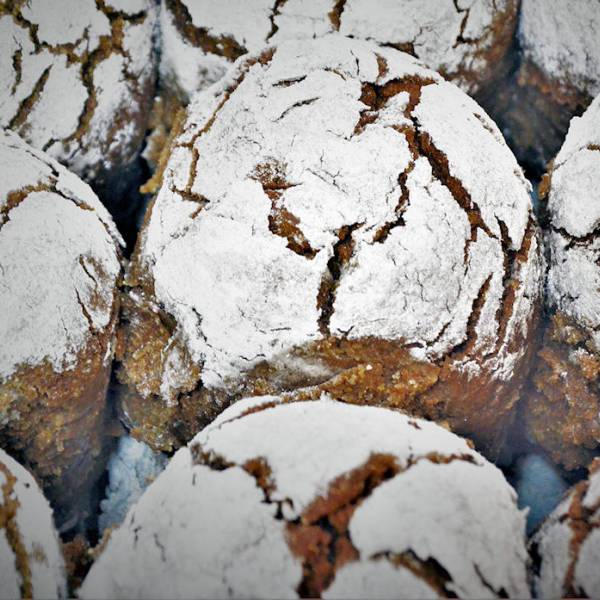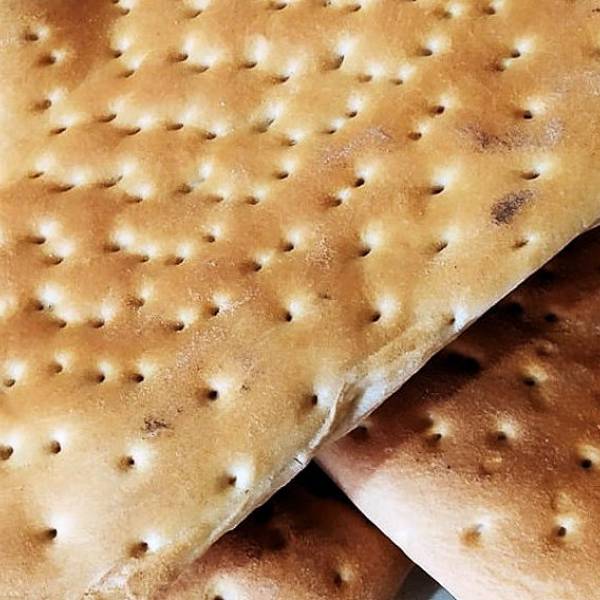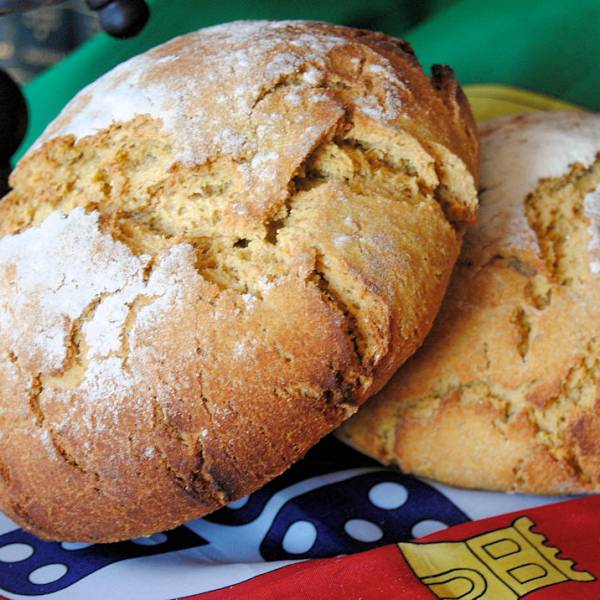The ingredients used in making Folar de Páscoa are simple yet flavorful, with each component adding its own touch to the final creation. Flour, sugar, yeast, milk, eggs, butter, and an assortment of spices such as cinnamon, fennel seeds, and anise seeds come together to form the foundation of this bread. Some recipes even incorporate raisins, lemon zest, orange zest, rum, or whisky, elevating the taste to new heights.
The process of making Folar de Páscoa begins with the careful kneading of the dough, allowing it to rise and develop its characteristic texture. Afterward, the dough is skillfully shaped into a flat circle, creating a space in the center to accommodate the boiled egg. To enhance the visual appeal, the egg is often dyed using natural ingredients such as onion skins or beetroot juice, lending a vibrant touch to the bread. Before being placed in the oven for approximately 45 minutes, the dough is brushed with an egg wash, ensuring a golden and appetizing finish.
Lisbon.vip Recommends
Notably, the allure of Folar de Páscoa transcends Portugal's borders. As Portuguese immigrants ventured to various corners of the world, including the United States, Canada, and Hawaii, they brought this cherished bread and its traditions with them. In Hawaii, it is known as Portuguese sweet bread or pao doce, capturing the hearts and palates of locals and visitors alike. Introduced by Portuguese migrants from the Madeira and Azores islands who toiled on sugar plantations in the late 1800s, this bread has become an integral part of Hawaiian cuisine, deeply ingrained in the local culture.
Folar de Páscoa invites you to partake in the joyous Easter celebrations and experience the richness of Portuguese culture. As you venture through the streets of Lisbon, immerse yourself in this treasured tradition, savoring the flavors and embracing the symbolism that accompanies this delectable bread. Whether as a symbol of rebirth, an expression of friendship, or simply a tasty delight, Folar de Páscoa serves as a reminder of the power of tradition and the joy of coming together to celebrate the most cherished moments in life.


